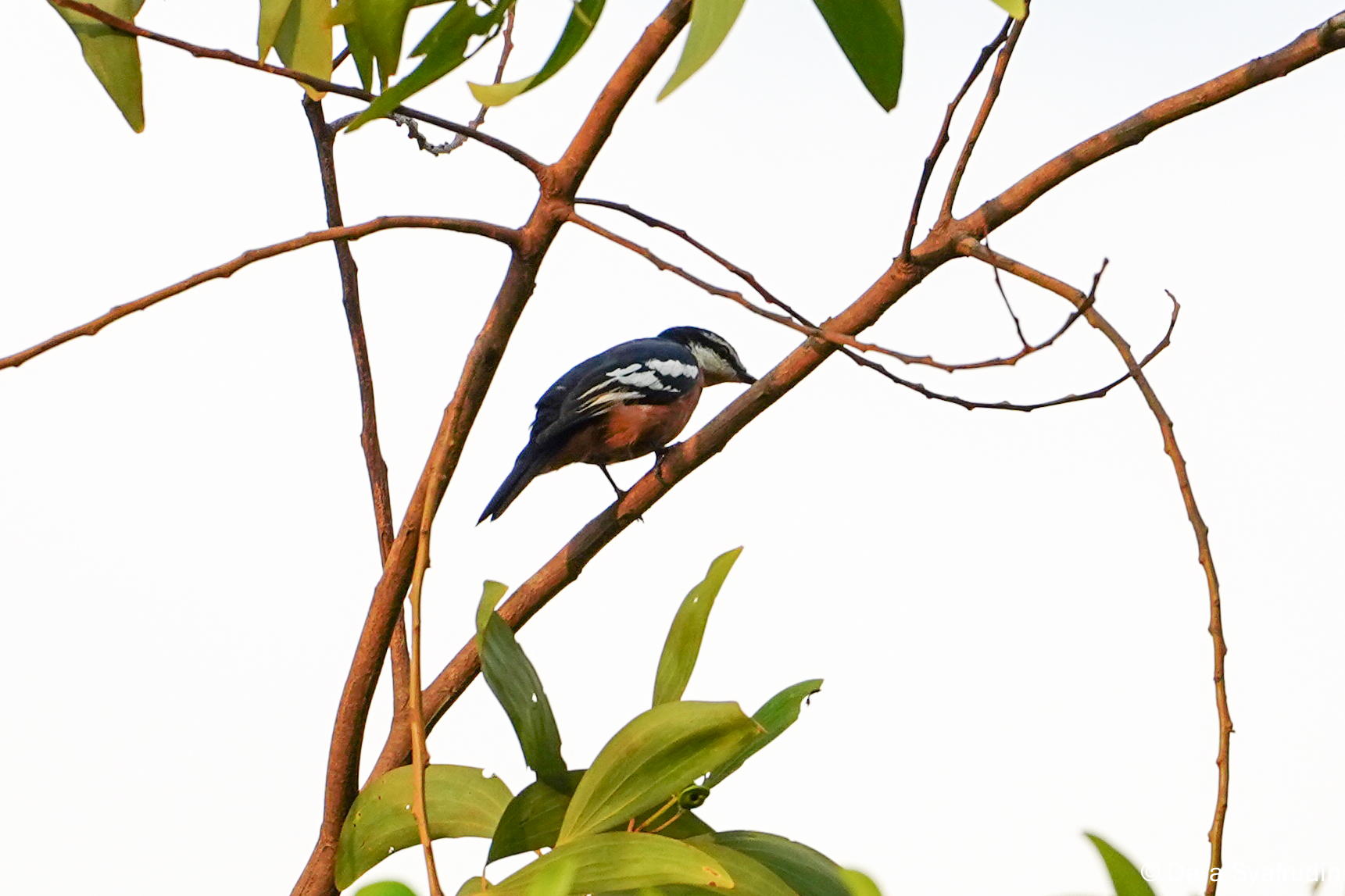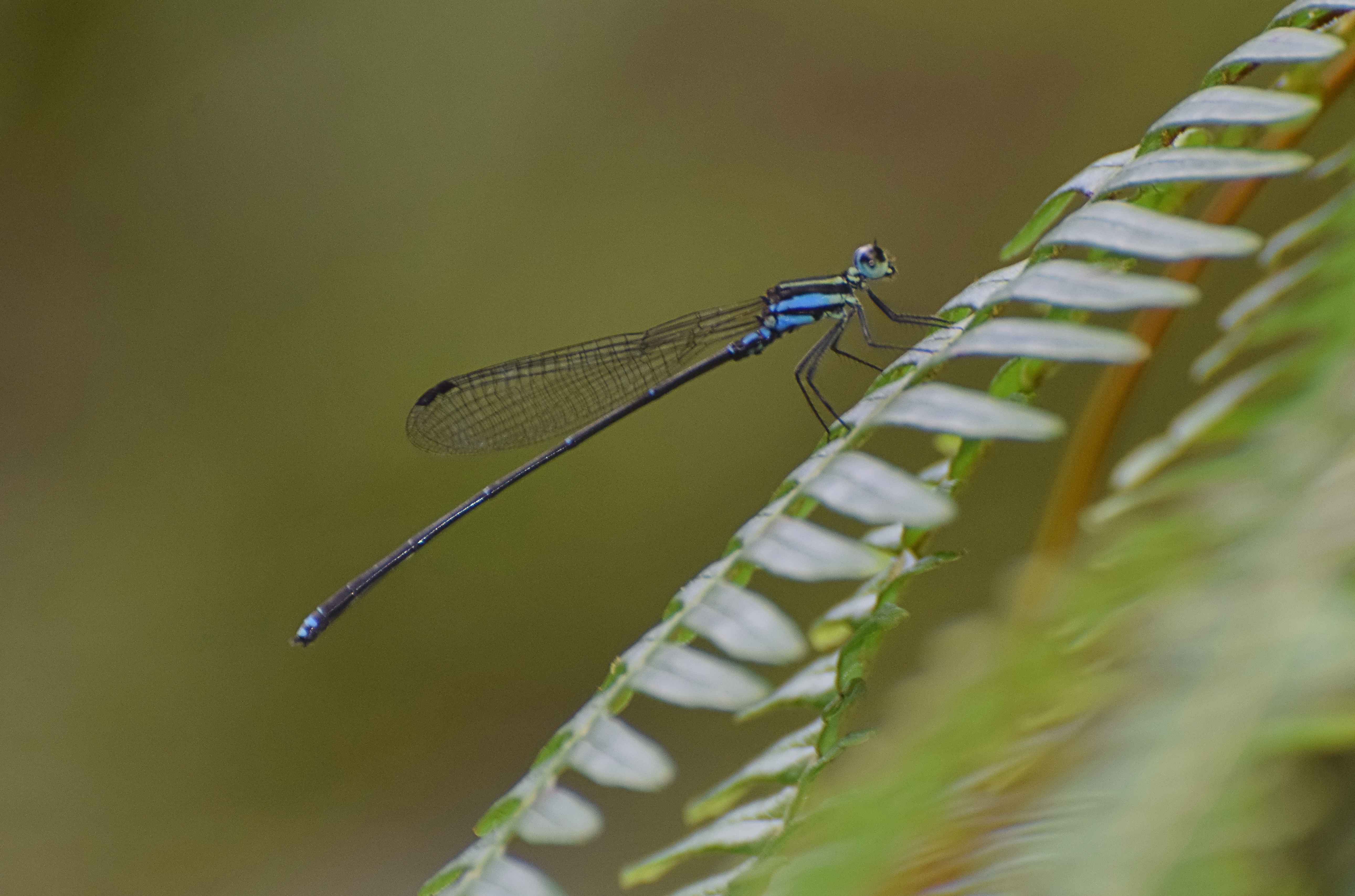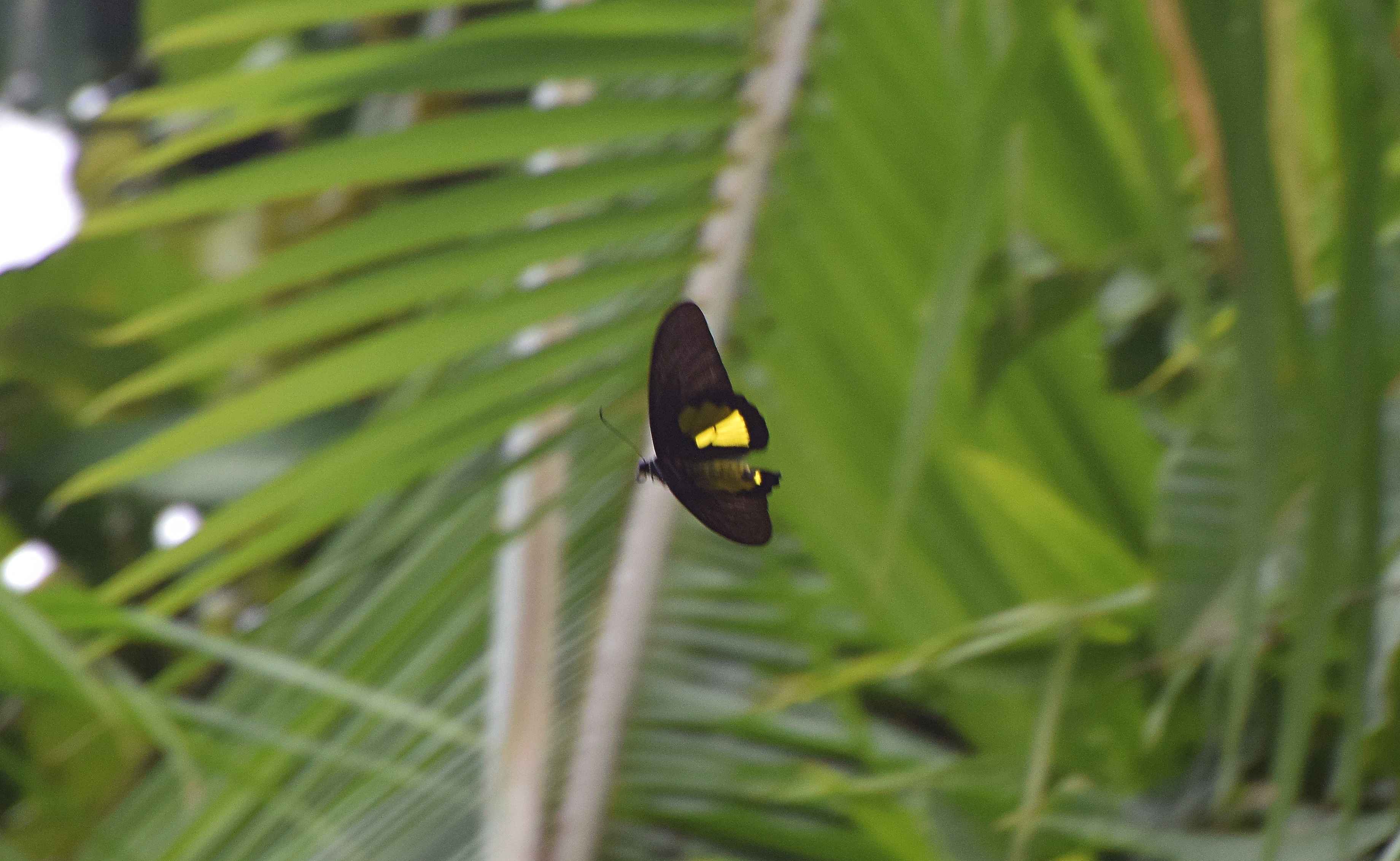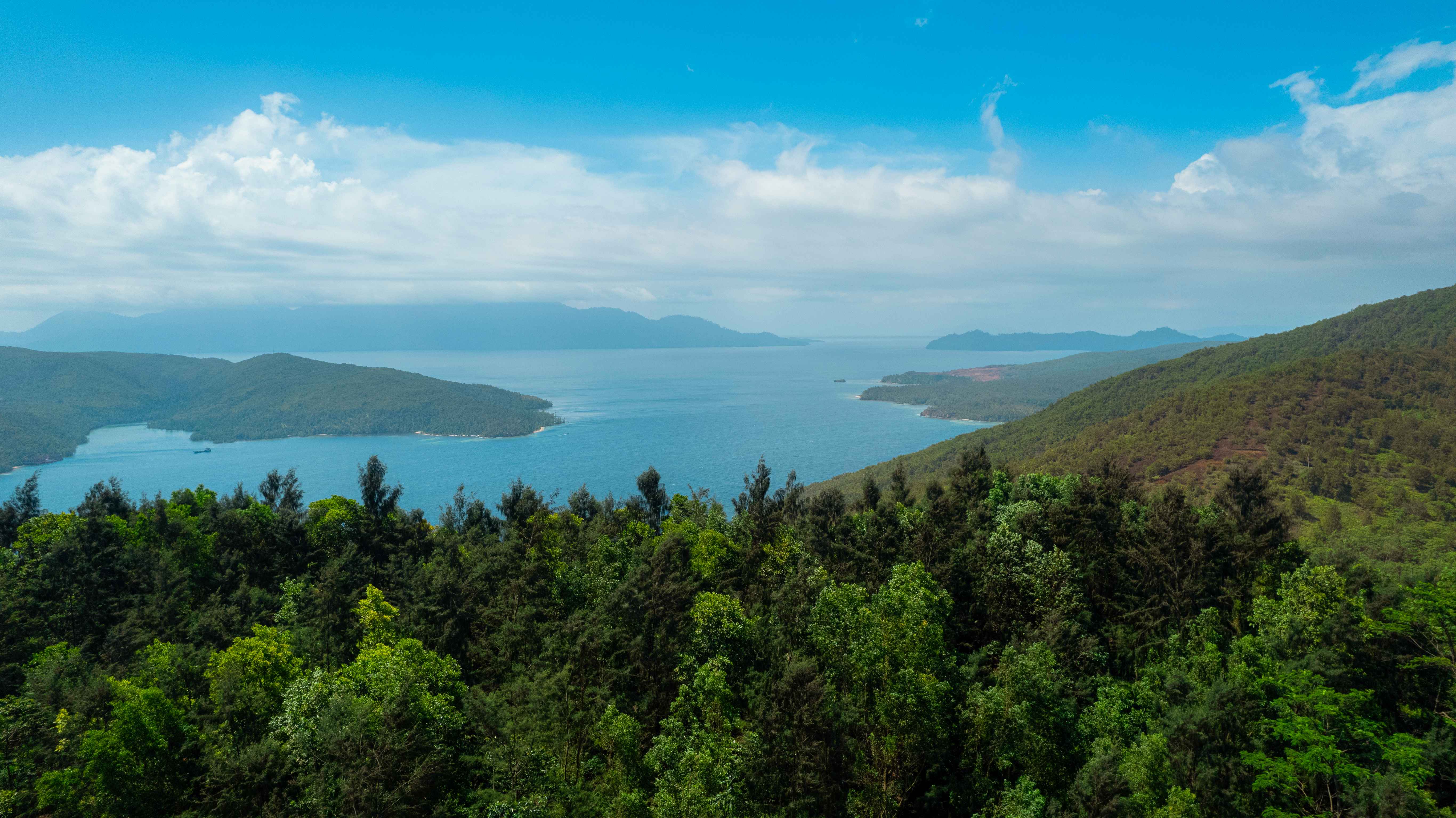


22 May 2025
Obi Island is known for its abundant natural resources and rich biodiversity. Harita Nickel, one of the mining companies operating on the island, is actively engaged in environmental conservation as part of its commitment to responsible mining.
One of Harita Nickel's concrete initiatives is its annual flora and fauna monitoring program, conducted regularly within its operational areas. This program involves independent third-party experts to ensure objective and credible results.
“We carry out regular monitoring and surveys with the involvement of independent parties. The goal is to observe the existing flora and fauna–both before and after mining activities, as well as in reclamation and revegetation areas,” said Retno Dewi Handayani, Green Mining Manager at Harita Nickel.

Over the past few years, Harita Nickel has conducted several monitoring efforts that reveal the rich biodiversity potential of Obi Island. Observations have recorded various species of flora and fauna, including several that are endemic and protected. One particularly interesting finding is the sighting of the Halmahera Cuckooshrike (Lalage aurea), an endemic species to Obi Island known for its distinctive rust-red belly.
This bird belongs to the Campephagidae family and is classified as “Least Concern” on the IUCN Red List. Its presence within Harita Nickel’s operational area serves as a significant indicator of Obi Island’s ecological value and shows that its natural habitat remains preserved–even in an industrial setting.
In addition to the Halmahera Cuckooshrike, observations have also recorded the presence of other endemic species such as the Scarlet-breasted Fruit Dove (Ptilinopus bernsteinii), Obi Golden Bulbul (Hypsipetes lucasi), Obi Fantail (Rhipidura obiensis), Cinnamon-bellied Imperial Pigeon (Ducula basilica), Goliath Coucal (Centropus goliath), Halmahera Flowerpecker (Dicaeum schistaceicep), as well as fruit bats like Nyctimene albiventer and Dobsonia viridis, and arboreal mammals such as the Polynesian Rat (Rattus exulans), which is active at night.

Among insects, the presence of various dragonfly and butterfly species also serves as an important indicator of a well-maintained environment. Notable discoveries include the endemic dragonfly Palaiargia obiensis and the endemic butterfly Troides criton.


These two species are known to be highly sensitive to ecosystem changes, especially in terms of water quality and vegetation diversity. Dragonflies, for instance, can only breed in clean, unpolluted waters, while butterflies rely on the availability of host plants and wildflowers to survive.
“In recent years, we’ve also seen a stable trend in wildlife diversity levels, including endemic species that indicate the balance of natural ecosystems,” Retno added.
The stable trends observed in the biodiversity of bird taxa, insects, and other fauna groups such as small mammals and herpetofauna–as recorded in previous monitoring, serve as a positive indicator of the effectiveness of revegetation and post-mining ecosystem recovery efforts. To further strengthen these ecosystems, the company has also implemented a sustainable revegetation strategy by planting pioneer tree species and integrating local tree species throughout reclamation areas.

Trees such as Marsawa, Meranti, Ketapang, Banyan, Red Jabon, and Angsana are planted strategically to create habitats that support wildlife. This diverse vegetation is essential to supporting the lives of various fauna, from fruit-eating and nectar-feeding birds to insects like dragonflies and butterflies.
Beyond field activities, continuous education for employees and stakeholders is also a key focus for the company. Ongoing awareness efforts about wildlife protection and the importance of maintaining ecosystem balance are integrated into Harita Nickel’s work culture.
“We continue to emphasize the importance of preserving natural balance. Education about the ban on wildlife hunting is a key agenda across all Harita Nickel business units,” Retno said.
Through a combination of scientific monitoring, environmental rehabilitation, and social education, Harita Nickel strives to ensure its industrial operations align with the ecological sustainability of Obi Island. This initiative is part of the company’s vision to be a responsible, adaptive, and forward-thinking mining industry player with a long-term commitment to nature conservation.
Go Top